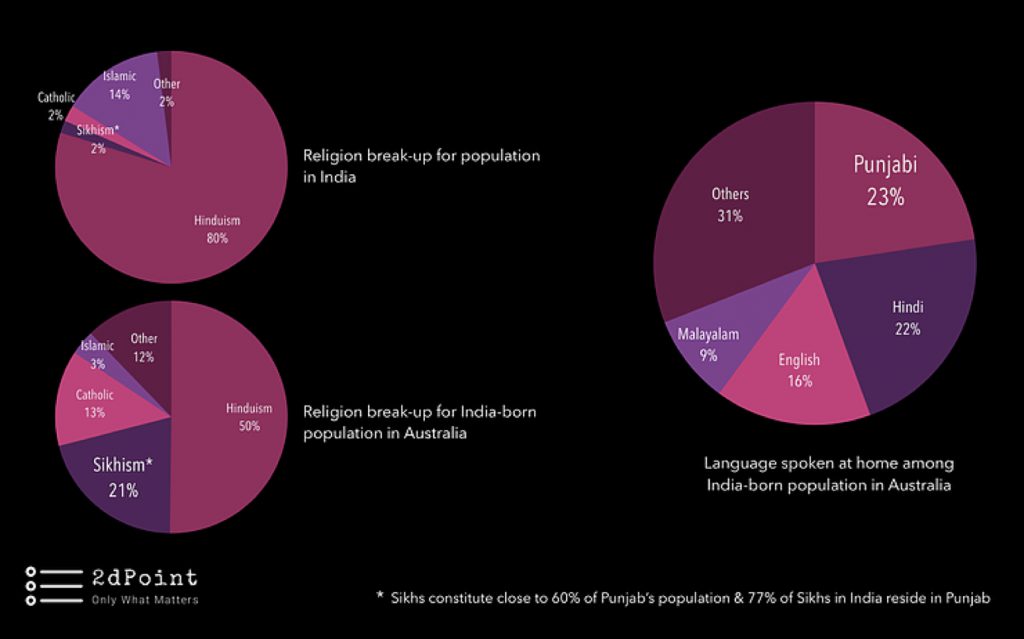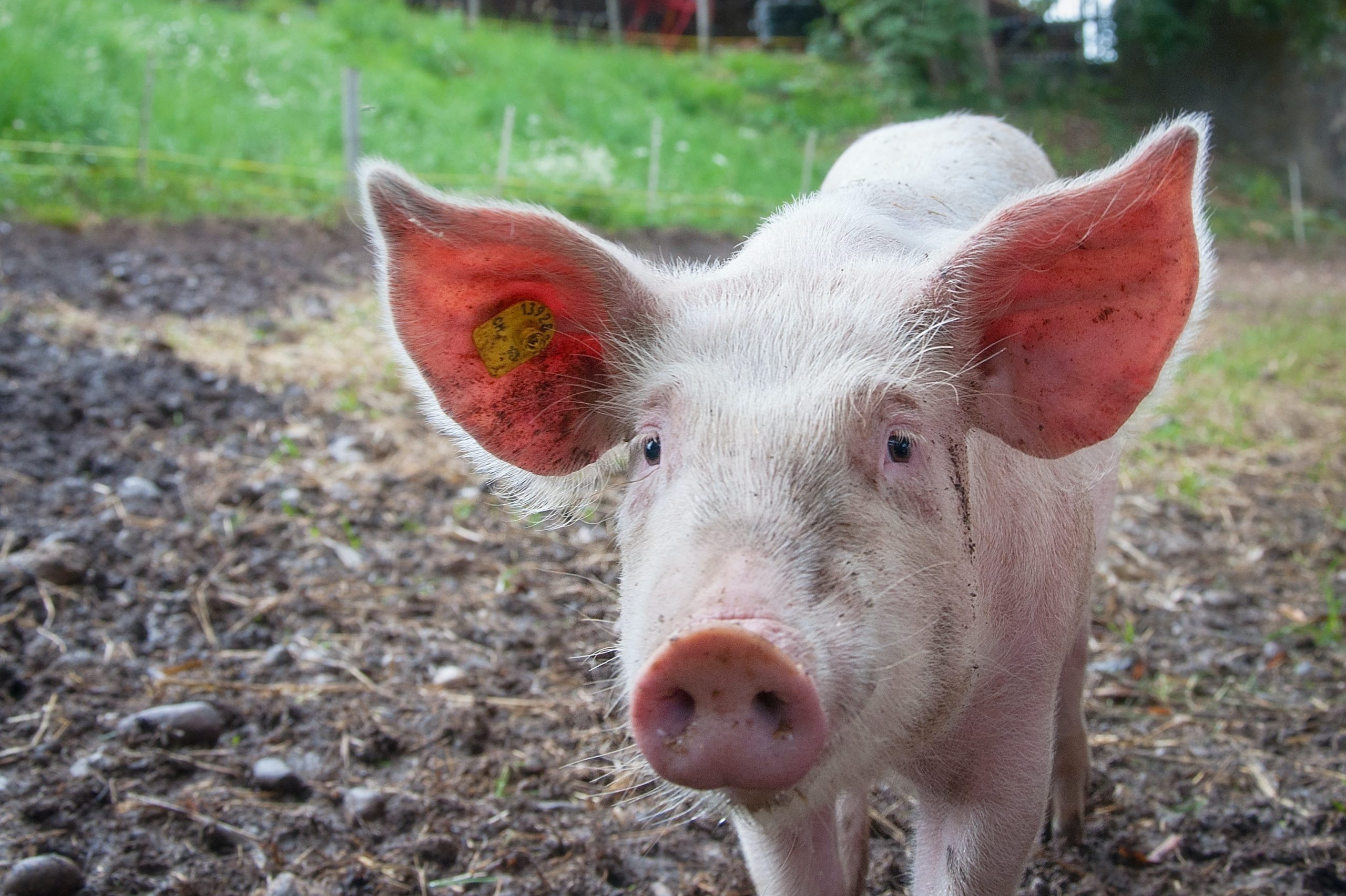Reading Time: 2 minutes
- After Maharaja Ranjit Singh (the king of Punjab, who never let British invade Punjab) died in 1839, his 5-year old son, Duleep Singh, was declared the king.
- British waged wars against Punjab and made it a part of British India.
- Duleep Singh was separated from his mother, taught the English ways and eventually sent to England; he is known as the first foreign settler from Punjab.
- Meanwhile, British recruited people from Punjab in various jobs and the less-skilled were sent to other countries that were a part of the British empire.
- Sikhs, most of whom lived in Punjab, were recruited in large numbers in the British Indian Army because of their proven valour.
- Their recruitments especially surged after ‘The Great Battle of Saragarhi’ in 1897 and they got to stay in Europe & Africa because Sikh regiments fought for the British during WWI & WWII.
- These temporary visits led to contacts overseas; e.g. a Gurudwara (place of worship) built in 1911 in Britain suggests there was a social network forming among the small Sikh population abroad.
- In 1947-48, Punjab was divided into East & West Punjab (Pakistan & India), leading to exodus of hundreds of thousands from both sides of the divide.
- Populations on both sides suffered massive losses of land & commerce and had to start afresh from refugee camps.
- This misfortune coincided with massive labour requirements that emerged in Britain for post WWII regeneration & industrial expansion work starting 1950.
- Hundreds of families did everything possible to raise money, enough for their travel to Britain.
- In due course of time, new avenues (Australia, Canada etc.) for migrants opened up and thousands of families settled abroad.
- The second big wave of migration happened in the late 1970s till early-1990s, when Punjab went through a period of militancy & violence.
- There was a heavy loss of life & property and people from Punjab went abroad for safety and better lives.
- By this time, the Punjabi Diaspora had become a model for good quality life – an aspiration that continues to cascade from one generation to the next.
Source for data on the picture:
Census 2011 – India
Census 2016 – Australia
Research Gate
Centre’s Blog on Religion Data






















